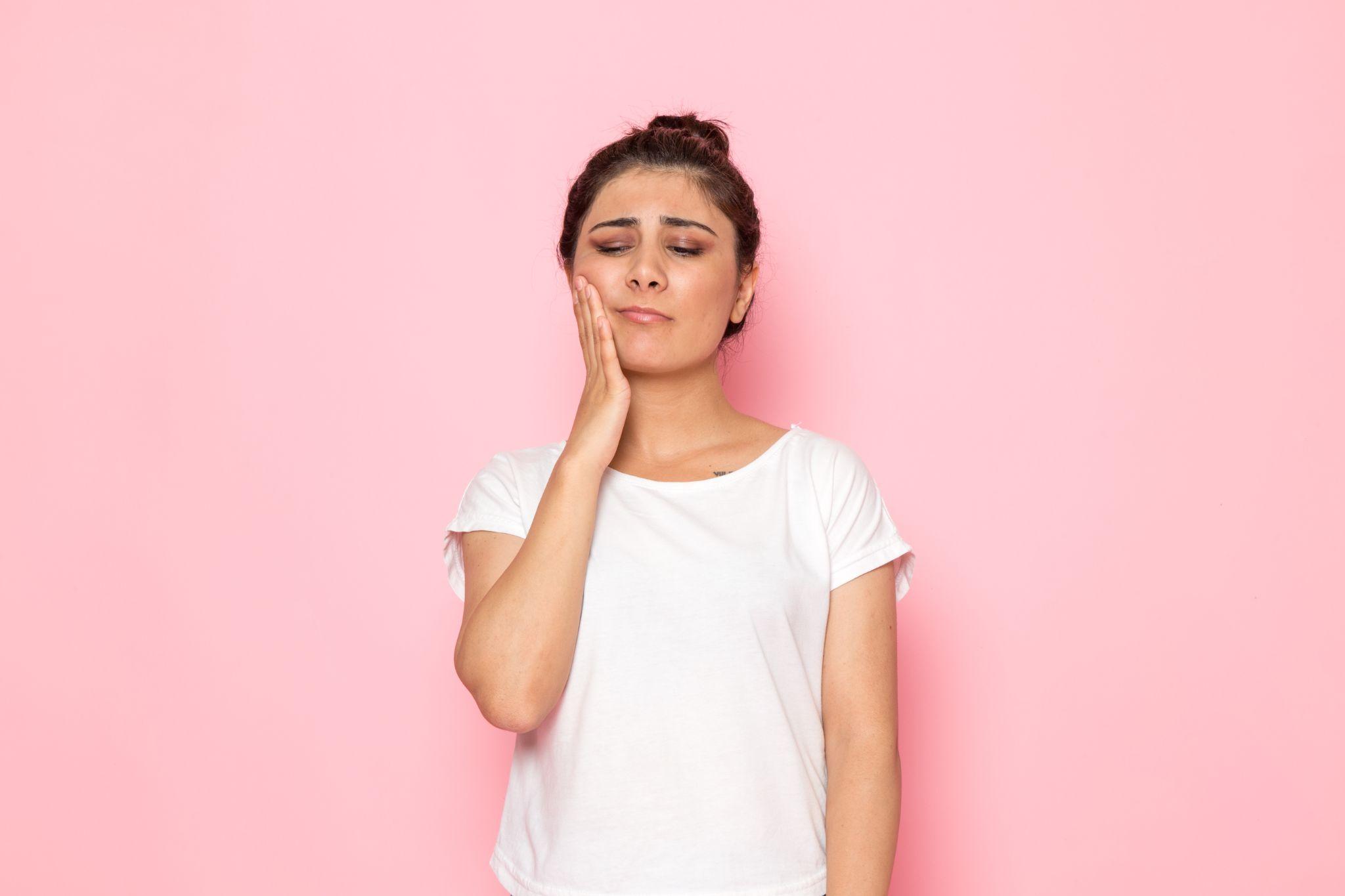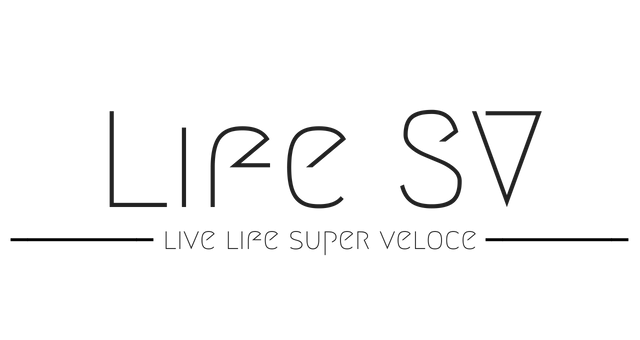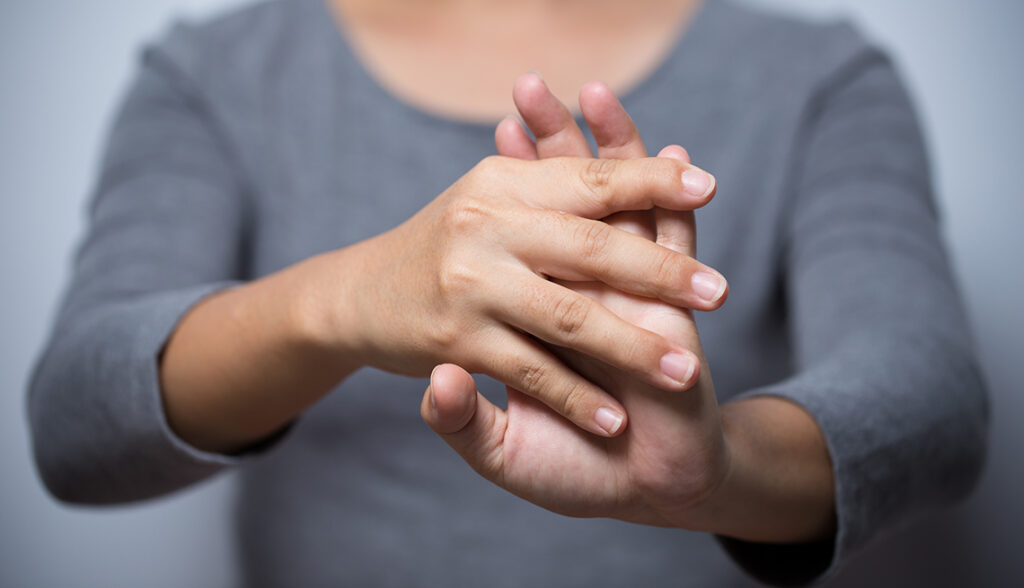
Jaw pain, ear pain, discomfort while eating and swallowing, and clicking sounds from the jaw are symptoms of Temporomandibular joint dysfunction (TMJ). While a common complaint, TMJ causes extreme discomfort in some cases and can interfere with your regular lifestyle. If mouth guards, oral splints, or other conservative treatments do not help, getting in touch with your family chiropractor might be a great idea if you are suffering from too much discomfort because of your TMJ. Chiropractic adjustments with their non-invasive strategies and hands-on correction methods can help to reduce pain from TMJ by identifying inflamed spots specifically and relaxing tension in your jaw muscles.
Why choose chiropractic treatment for TMJ?
While chiropractic therapy is very helpful for inflamed spinal areas, joints, and muscles all over the body, back pain, hip pain, and pain from other injuries, it can also greatly help patients with TMJ. The reasons why treatment by your family chiropractor might be a good option for TMJ patients are:
- Non-Invasive- It is a non-invasive approach that aims at correctly identifying inflammation areas and with hands-on compression and tension properly adjusts the muscles. Thus, relief can be obtained with the slightest discomfort and the maximum precision in adjustment can be assured.
- Natural Healing- It does not rely on the administering of medical drugs. Thus, it reduces the patient’s dependence on repeated doses of medicine and, at the same time targets pain spots directly with a hands-on approach, something that is not feasible with drugs.
- Simpler and Easy to Avail- Sometimes some invasive surgical methods are suggested for the treatment of TMJ symptoms. These may involve the risk of complications and at the same time involve a long process of recovery. While it may be necessary in extreme cases, chiropractic care for TMJ may help better in mild to moderate cases because it involves almost zero complications of the procedure and does not involve a tedious process of recovery reducing mobility of muscles.
What are some sources of TMJ pain and how do chiropractors help with relief?
Mostly seen in young people but affecting people of all ages, TMJ is associated with a variety of causes, both inherent and acquired. Although the underlying medical conditions might require additional treatment, the symptoms of TMJ associated with these can be calmed to a great extent with chiropractic therapy. These are the sources of TMJ:
- Nail biting
- Teeth grinding
- Arthritis and other degenerated joint problems
- Misalignment
- Automobile accidents
- Jaw accidents
- Sports accidents
- Physical trauma
- Autoimmune diseases
Many people suffer from TMJ symptoms without knowing that there are effective measures that can be taken to reduce their discomfort in chiropractic treatment. So how do chiropractors examine patients with TMJ and help relax their symptoms?
- A chiropractor will first evaluate the patient’s spine, particularly the upper neck, for structural shifts that may irritate the nerves that supply the TMJ and its surrounding muscles. Thus, they perform a thorough analysis to identify and correct the root cause of symptoms.
- Then they will check to see if the jaw joint needs to be realigned to provide optimal relief from pain and restore complete function of the joint. Advanced strategies of modern treatment like the Gonstead technique are nowadays used in chiropractic therapy to increase the precision of diagnosis.
- Chiropractic therapy helps to restore the function of the spine, the nerves, and the jaw which the nerves are associated with. Specific jaw exercises may also be recommended to some patients to help strengthen the soft tissue that supports the joint, to prevent future flare-ups of symptoms.
- Chiropractors carefully evaluate the unique nature of symptoms in each patient and observe them at the clinic to find out the most suitable paths of treatment for each. Some people may experience debilitating pain in the jaw, while others might have pain in the face, and ears, or clicking sounds in the jaw joint. Headaches and stiffness of the jaw may also be associated. Pain relievers may only mask the symptoms rather than treat the underlying cause. Thus, hands-on chiropractic therapy helps better with its precise adjustments.
Conclusion
TMJ is a common concern of people of various age groups causing minor to tremendous discomfort of the jaw joint. When conservative treatments like pain relievers, mouth guards, and oral splints fail to give relaxation from symptoms, chiropractic care with its hands-on evaluation and adjustment of joints can greatly help in targeting the exact locations of weakness. This reduces dependence on drugs and provides smoother recovery than invasive surgical methods.









